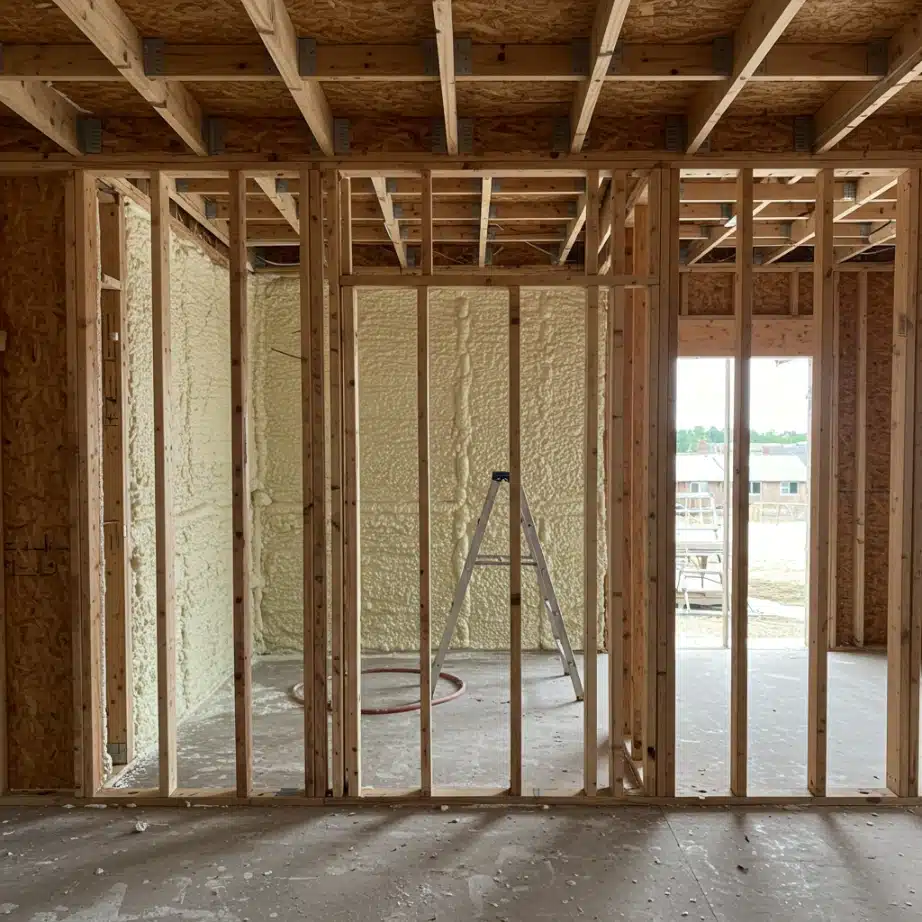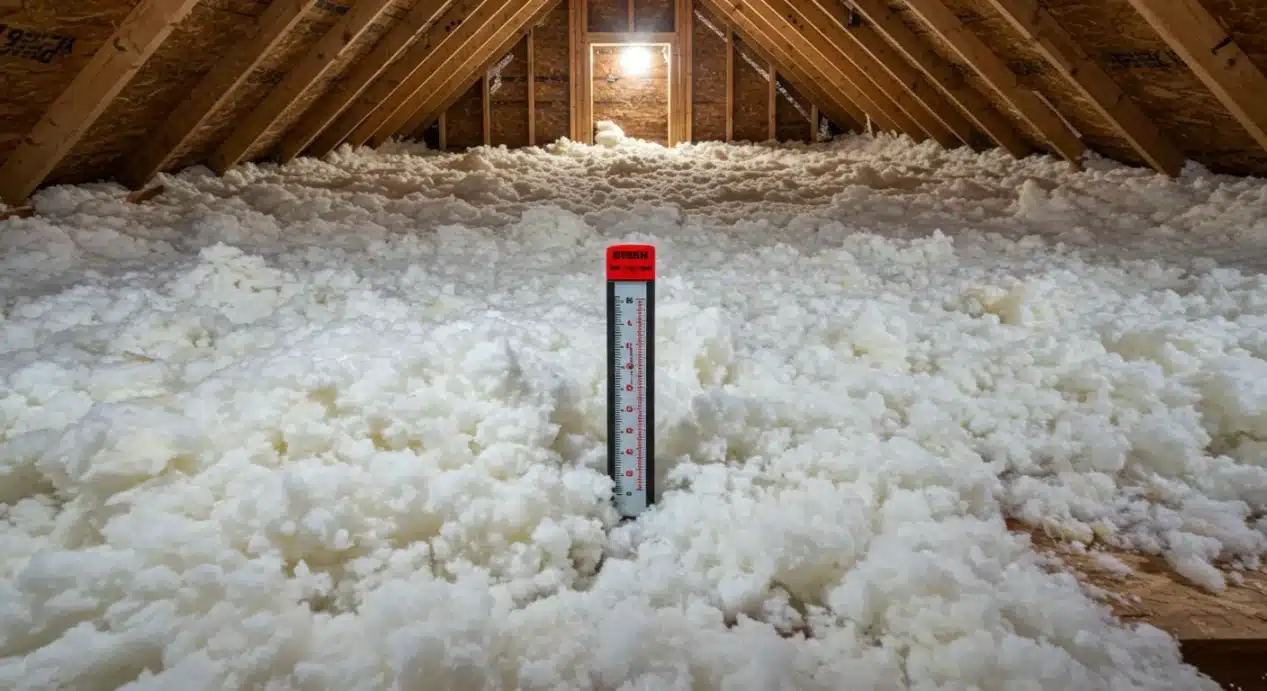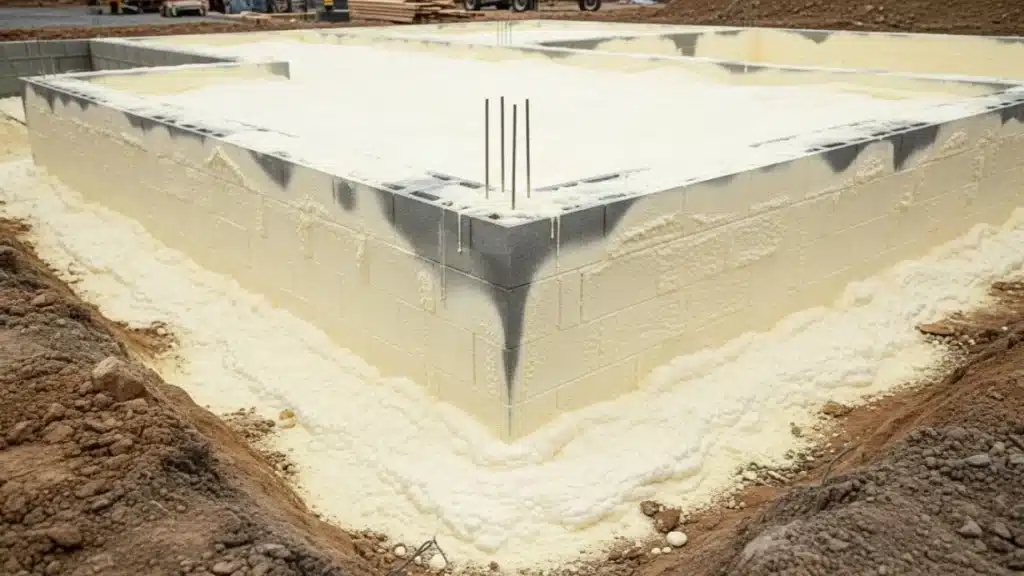Spray foam can create an effective barrier against bugs and pests when applied correctly. The material expands to fill cracks, gaps, and seams where insects typically enter, forming a sealed layer that eliminates common access points. By reducing these entryways, spray foam helps limit infestations and lowers the risk of structural damage caused by pests.
The insulation’s ability to resist pest intrusion depends on its density and application quality. Closed cell spray foam, in particular, offers a denser, more rigid barrier that insects and rodents find difficult to chew through or burrow into. This makes it one of the most reliable methods for controlling pest access compared to traditional insulation options.
How Spray Foam Works Against Pests
Spray foam insulation reduces pest activity by eliminating hidden pathways that pests use to enter and nest. Unlike fiberglass or cellulose, which can be pulled apart or used as nesting material, spray foam hardens and blocks openings entirely. This physical deterrent not only reduces the chance of entry but also minimizes pest breeding sites within walls, attics, or crawl spaces.
Comparing Insulation Types for Pest Resistance
| Insulation Type | Pest Resistance | Durability | Common Issues |
|---|---|---|---|
| Fiberglass | Low | Moderate | Pests nest easily; airflow through gaps |
| Cellulose | Low | Moderate | Can absorb moisture; pests chew through |
| Open Cell Spray Foam | Medium | High | Softer; rodents may still attempt to burrow |
| Closed Cell Spray Foam | High | Very High | Strong resistance to chewing, sealing gaps completely |
Technical Characteristics of Spray Foam Insulation
| Feature | Open Cell Spray Foam | Closed Cell Spray Foam |
|---|---|---|
| Density | ~0.5 lb/ft³ | ~2 lb/ft³ |
| Structure | Soft, flexible | Rigid, dense |
| R-Value (per inch) | 3.5–4 | 6–7 |
| Pest Resistance | Moderate | High |
| Moisture Resistance | Low | High |
Region-Specific Insights
In Nevada’s desert climate, pests such as scorpions, ants, and cockroaches are persistent household intruders. Spray foam is especially effective in sealing foundation cracks and rooflines where these pests often enter. Its insulating properties also help stabilize indoor temperatures in hot, dry conditions, reducing the need for frequent cooling.
Bonus Tip: Apply closed cell spray foam at key junctions such as roof eaves, attic seams, and plumbing penetrations to maximize pest prevention in arid regions.

Things to Evaluate Before Choosing Spray Foam for Pest Control
- Application Quality: Poor installation can leave gaps that pests exploit. Professional expertise ensures a complete seal.
- Target Pest Types: While spray foam blocks entry, it does not repel pests that are already inside walls. Integrated pest management may still be necessary.
- Ventilation Considerations: Airtight insulation changes airflow; ventilation must be properly designed.
- Moisture Risk: In areas prone to leaks, closed cell foam is preferable since it resists water infiltration.
Bonus Tip: Inspect existing pest damage before application. Sealing active infestations without removal may trap pests inside walls.
Services That Address This Problem
- Attic Insulation: Seals attic gaps where pests often nest while improving energy efficiency.
- Wall Insulation: Blocks entry points within wall cavities and strengthens pest resistance.
- Foundation Insulation: Prevents ground-dwelling insects and rodents from entering through cracks at the base of the structure.
- Spray Foam Repairs: Addresses compromised insulation areas where pests might gain entry.
Questions to Ask Before Moving Forward
Will spray foam stop both insects and rodents?
Spray foam blocks insects and helps deter rodents, especially with closed-cell foam. For best results, use it alongside pest control.
How does the choice between open cell and closed cell affect pest resistance?
Open cell is softer and easier for rodents to chew, while closed cell is dense and more effective at keeping pests out.
Should existing pest infestations be addressed before insulation?
Yes, pests should be removed first. Sealing them inside walls can cause odors and damage.
Can spray foam be applied to older homes with existing insulation?
Yes, but older insulation may need removal in some areas. A professional evaluation ensures proper sealing and pest resistance.
Conclusion
Spray foam offers one of the most effective insulation methods for keeping bugs and pests out. By sealing cracks and creating a rigid barrier, it reduces pest entry and limits nesting opportunities. The long-term benefits extend beyond pest control, contributing to energy efficiency and home durability.
Contact Supreme Spray Foam LV
For more information or to discuss insulation solutions for pest prevention, contact Supreme Spray Foam LV at [email protected] or call (702) 904-9895.
FAQS
How long does spray foam insulation last against pests?
Properly installed spray foam can last 20–30 years, maintaining its pest-blocking effectiveness.
Can rodents chew through spray foam?
Rodents can attempt to gnaw at softer open cell foam, but closed cell foam is significantly more resistant.
Does spray foam eliminate the need for pest control services?
Spray foam reduces entry points but does not replace pest monitoring or removal of existing infestations.
Is spray foam resistant to termites?
Spray foam does not feed termites, but it does not kill them either. Barrier treatments may still be required in termite-prone regions.
What maintenance is required after installation?
Regular inspections of exterior walls, roofing seams, and foundations help ensure that no new gaps form over time.






